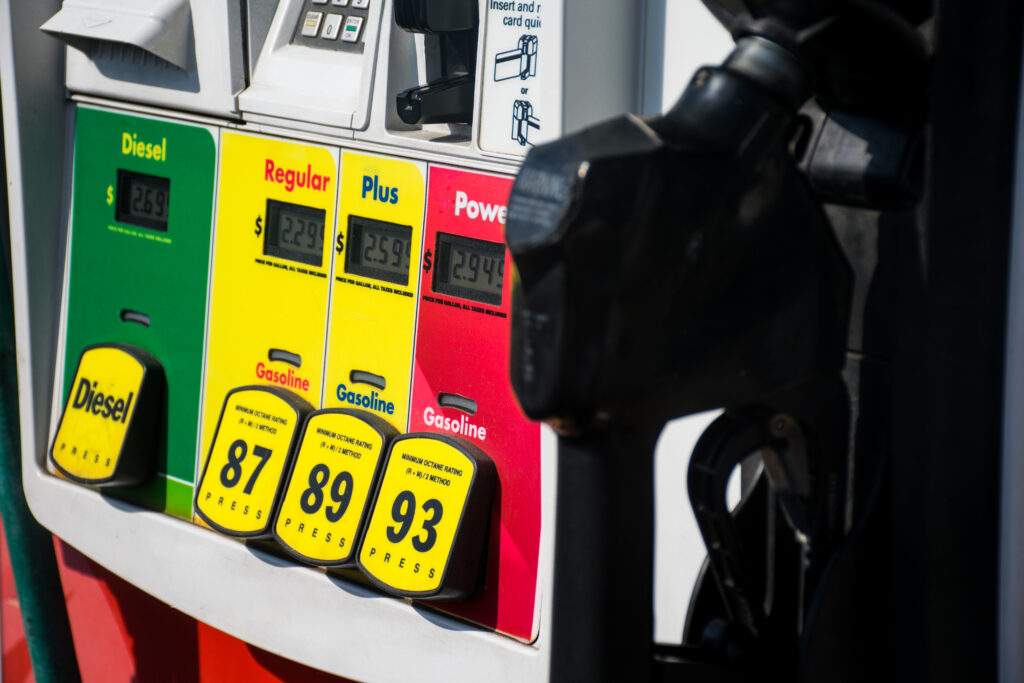May 19, 2025 – As millions of Americans hit the road for summer vacations, one thing is on everyone’s mind at the gas station: the price per gallon. Whether you’re packing up the family for a beach getaway or towing a camper to a national park, the cost of fueling up can have a big impact on your budget. But what actually makes up the price you pay at the pump? At Fueling Freedom, we believe understanding the components of gasoline pricing is key to understanding how energy policy affects everyday life—and why American energy independence matters more than ever.
The U.S. Energy Information Administration (EIA) divides the price of a gallon of gasoline into four major parts:
1. Crude Oil (About 50% to 60%)
This is the largest and most volatile portion of the price. Crude oil is the raw material used to make gasoline. Its price is set on global markets, based on supply, demand, geopolitical risks, and production decisions by major oil-producing countries like the U.S., Saudi Arabia, and Russia.
-
When global supply is tight or demand rises, crude prices go up.
-
When production increases or demand weakens, crude prices drop.
In other words, the price you pay at the pump often reflects what’s happening in places far beyond your local gas station.
2. Refining Costs and Profits (About 10% to 15%)
After crude oil is extracted, it must be refined into gasoline and other products like diesel, jet fuel, and heating oil. Refining costs vary by region and season due to environmental regulations and changes in gasoline blends (such as summer and winter fuel).
-
Refinery outages, maintenance, and bottlenecks can drive up costs.
-
More complex blends (especially in California and the Northeast) cost more to produce.
3. Distribution and Marketing (About 10% to 15%)
Once refined, gasoline is transported—often through pipelines, barges, or trucks—to regional terminals and retail stations. This portion of the price also includes the operational costs and profits of wholesalers, retailers, and convenience store operators.
-
Stations near airports or remote areas often charge more due to transport costs.
-
Independent stations may have thinner margins than branded outlets but more flexible pricing.
4. Taxes (Roughly 12% to 20%)
Federal and state governments add gasoline taxes per gallon sold. As of 2024, the federal gas tax is 18.4 cents per gallon. State taxes vary widely. California, Pennsylvania, and Illinois are among the highest, while states like Missouri and Mississippi are lower.
-
Some states also add environmental fees, sales taxes, or inspection surcharges.
-
In total, Americans pay an average of around 52 cents per gallon in combined taxes.
Regional Differences and Policy Impacts
Where you live affects what you pay. Gasoline costs more in places like California and New York due to higher taxes, stricter fuel standards, and limited local refining capacity. It tends to cost less in energy-producing states like Texas, Oklahoma, and Louisiana.
Public policy also plays a direct role:
-
Permitting delays can limit supply and raise refining or transport costs.
-
Restrictions on domestic drilling can tighten crude markets.
-
Pipeline opposition can increase the reliance on more expensive delivery methods.
At Fueling Freedom, we advocate for policies that increase American energy production, reduce regulatory bottlenecks, and ensure that consumers benefit from affordable and reliable fuel.
Example: $3.50 Per Gallon Breakdown (Typical Estimate)
| Component | Approximate Share | Dollar Amount |
|---|---|---|
| Crude Oil | 55% | $1.93 |
| Refining | 13% | $0.46 |
| Distribution & Marketing | 12% | $0.42 |
| Taxes (Federal + State) | 20% | $0.69 |
| Total | 100% | $3.50 |
These numbers change week to week, but the structure remains fairly consistent. When oil prices spike, there is an international crisis that impacts production and delivery, or refineries are shut down, you and your family feel it at the pump.
Why It Matters
Understanding what drives fuel prices is essential to understanding energy policy. When politicians attack producers, cancel pipelines, or stall drilling permits, those choices ripple through the supply chain—and show up on your receipt.
By contrast, when America unleashes its energy resources, modernizes its infrastructure, and supports innovation, the result is lower prices, more jobs, and stronger national security.
At Fueling Freedom, we believe energy should be affordable, American-made, and transparent. That starts with knowing what’s in every gallon you buy.

